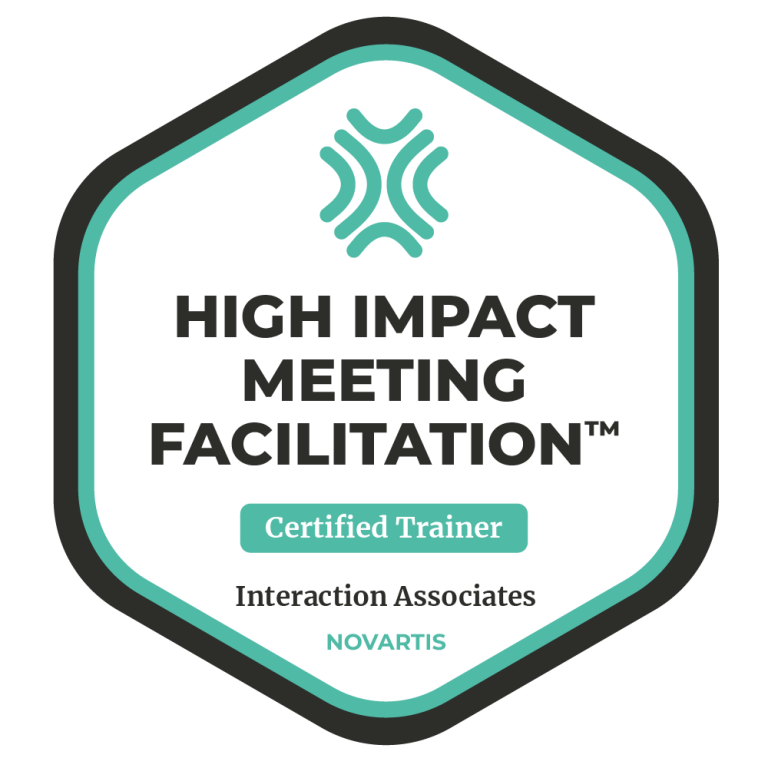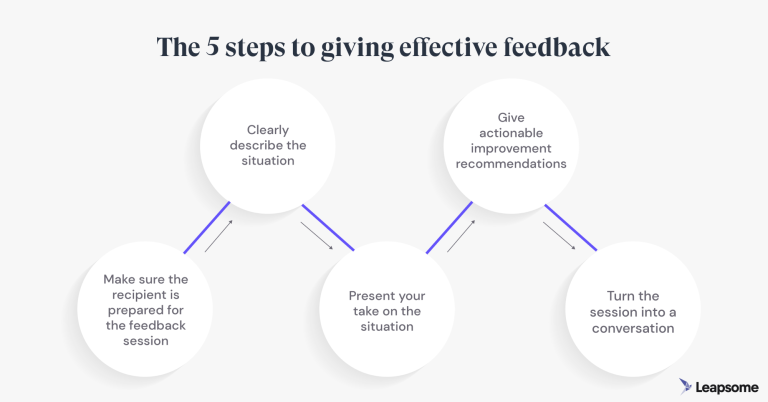Storytelling in the Workplace: Boosting Team Collaboration
Storytelling in the workplace is more than just sharing personal experiences—it’s a powerful communication tool that transforms how we connect, collaborate, and lead.
In today’s fast-paced work culture, effective communication is essential. Storytelling captures attention, fosters trust, and drives action. Whether you’re leading a team, pitching an idea, or engaging clients, a compelling story can make all the difference.
This blog explores how storytelling enhances your professional environment. We’ll break down the elements of effective storytelling and show how you can apply them to elevate your communication skills and workplace impact.
Introduction to Storytelling in the Workplace
Storytelling is not just for writers and marketers—it’s a vital skill for everyone in the workplace. Whether you’re a manager, team leader, or contributor, storytelling helps communicate ideas clearly and memorably.
By crafting structured narratives, you can present complex concepts in ways that resonate with your audience. Let’s explore the benefits of storytelling and how it can be a game-changer in modern organizations.
The Importance of Storytelling in Modern Organizations
In the modern workplace, clarity is key. Storytelling simplifies complex information and makes it easier to digest. But its benefits go far beyond clarity:
- Enhanced Communication: Stories are easier to remember than data alone.
- Increased Engagement: Stories create emotional connections and boost interest.
- Improved Culture: Storytelling fosters a sense of belonging and shared values.
Organizations that embrace storytelling often see stronger employee alignment, more innovation, and deeper workplace relationships.
How Storytelling Enhances Team Collaboration
Effective collaboration depends on trust and mutual understanding—two things storytelling helps cultivate.
Ways storytelling improves collaboration:
- Builds Trust: Sharing personal experiences builds bonds among team members.
- Encourages Openness: Stories inspire transparency and honest dialogue.
- Sparks Creativity: Narrative thinking encourages innovative problem-solving.
Teams that embrace storytelling communicate better and perform more cohesively.
Key Features of Effective Storytelling
To tell a story that makes an impact, focus on these core elements:
1. Clarity and Simplicity
Avoid jargon and keep your message straightforward. Use clear, concise language to help the audience easily understand your key points.
2. Relatability and Engagement
Use familiar characters and real-life scenarios. Make stories interactive where possible to maintain attention and spark interest.
3. Consistency and Repetition
Repeat essential ideas to reinforce your message. Keep the tone and style consistent for a cohesive experience.
4. Data and Facts
Support your stories with relevant facts or statistics. Combine emotion with evidence to create compelling and trustworthy narratives.
Benefits of Storytelling for Team Collaboration
Building Trust and Rapport
When employees share personal or work-related stories, it creates empathy and a sense of psychological safety.
- Builds mutual respect through shared challenges and successes.
- Encourages deeper team bonding through openness.
Encouraging Open Communication
Storytelling fosters transparency and active listening. It enables team members to express thoughts freely.
| Benefit | Details |
|---|---|
| Enhances Transparency | Stories reveal root issues and concerns. |
| Improves Listening | Stories encourage attentive, active listening. |
| Promotes Feedback | Feedback becomes more thoughtful and constructive. |
Fostering a Shared Vision
Leaders who share stories about goals, values, and challenges can align team efforts more effectively.
- Stories bring abstract missions to life.
- Narratives inspire alignment and motivation.
Facilitating Problem-Solving and Innovation
Narratives help teams analyze past experiences, extract lessons, and generate solutions.
- Encourages creative thinking and experimentation.
- Promotes continuous improvement through shared insights.
Credit: www.edenworkplace.com
Implementing Storytelling in the Workplace
Integrating storytelling into your work culture requires structured support:
1. Training and Workshops
Provide team members with resources to learn storytelling fundamentals. Consider enrolling in courses like RITx: Storytelling in the Workplace to build this critical skill.
Workshops should cover:
- Elements of a strong narrative.
- Tailoring stories for different audiences.
- Structuring content with clarity and emotional impact.
2. Creating a Storytelling Culture
Foster an environment where storytelling is encouraged and celebrated.
- Highlight meaningful stories during meetings.
- Use internal blogs or newsletters for employee stories.
- Encourage leaders to lead by example through storytelling.
3. Leveraging Technology for Story Sharing
Use digital platforms to promote story sharing:
- Slack or Microsoft Teams for quick story-sharing moments.
- Video tools to record and share impactful stories.
- Create a story archive to collect and reference inspiring narratives.
4. Measuring the Impact of Storytelling
| Metric | Indicator |
|---|---|
| Employee Engagement | Participation in storytelling activities. |
| Communication Clarity | Feedback on how well messages are understood. |
| Story Reach | Views, likes, and shares on internal platforms. |
Regular measurement ensures your storytelling strategy is effective and evolving.
Pricing and Affordability of Storytelling Training
Cost of Professional Training
The RITx: Storytelling in the Workplace course offers two options:
- Certificate Path: $199 USD, includes full access and graded assignments.
- Free Path: Access to core materials until March 31 (no certification).
The certificate path is ideal for professionals seeking formal recognition and full learning access.
Budget-Friendly Alternatives
If you’re on a tight budget, consider:
- Free webinars and workshops.
- Books and blogs about workplace storytelling.
- Local community education programs.
These options offer valuable insights without significant investment.
ROI of Storytelling Skills
Strong storytelling boosts communication, leadership, and influence—making the investment worthwhile.
- Clearer Messages: Stories simplify complex ideas.
- Stronger Engagement: Emotionally resonant stories drive motivation.
- Greater Influence: Storytelling can inspire action and change.
Pros and Cons of Using Storytelling in Team Collaboration
Advantages
- Engagement: Keeps team members focused.
- Clarity: Explains abstract concepts clearly.
- Retention: Stories are more memorable than data alone.
- Empathy: Fosters emotional understanding.
- Connection: Builds trust within the team.
Potential Challenges and Solutions
| Challenge | Solution |
|---|---|
| Time-Consuming | Allocate time in meetings for story-sharing. |
| Risk of Misinterpretation | Summarize key points after each story. |
| Inappropriate Content | Choose relevant stories aligned with company values. |
| Overuse of Storytelling | Balance with data, visuals, and other communication methods. |
With the right strategy, these challenges are manageable.
Recommendations for Ideal Scenarios and Users
Best Practices for Managers and Leaders
- Know Your Audience: Customize stories to their concerns and goals.
- Keep It Clear: Avoid clutter—focus on the key takeaway.
- Be Real: Use authentic, personal stories.
- Include Emotion: Tap into emotional triggers for better engagement.
- Practice Often: Like any skill, storytelling improves with use.
Scenarios Where Storytelling Is Most Effective
- Team Meetings: Make messages more impactful.
- Presentations: Add a human element to data and ideas.
- Training: Improve retention of new processes and tools.
- Conflict Resolution: Use empathy-driven stories to defuse tension.
- Motivational Talks: Inspire action with stories of growth and success.
Credit: www.leadershipstorylab.com
Credit: www.linkedin.com
Frequently Asked Questions
What Are the 5 C’s of Storytelling?
Character, Conflict, Climax, Context, and Conclusion—the foundational elements of any compelling narrative.
Why Is Storytelling Important in the Workplace?
It builds trust, fosters engagement, clarifies complex ideas, and strengthens team dynamics.
What Are the 4 P’s of Storytelling?
People, Place, Plot, and Purpose—key to crafting stories that resonate.
Conclusion
Storytelling is a transformative tool for professional communication. It fosters connection, clarity, and collaboration in the workplace. By enrolling in RITx: Storytelling in the Workplace, you can sharpen this vital skill and elevate your ability to inspire and engage others.
Start telling stories that make an impact—your team will thank you for it.






